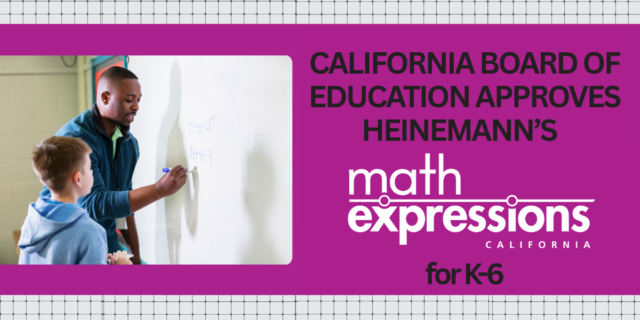
Differentiation and engagement aren’t just instructional strategies; they’re the foundation of equitable math learning. Students arrive in the classroom with a wide range of readiness levels, learning styles, and lived experiences. Teachers are expected to meet each learner where they are, guide them forward, and do it all within the constraints of time, standards, and accountability. And it’s why structured, student-centered instruction is more critical than ever.
Why Differentiation and Engagement Matter in Math
When math instruction is both differentiated and engaging, students don’t just complete tasks, they build understanding. They develop fluency, confidence, and the ability to apply mathematical thinking in real-world contexts. They become active participants in their learning, not passive recipients.
Differentiation ensures that every student can access grade-level content, regardless of their starting point, and it allows teachers to tailor instruction using:
- Tiered activities that support RTI/MTSS frameworks
- Targeted practice for students needing extra support
- Enrichment opportunities that push learners to explore concepts in greater depth
These strategies foster a sense of accomplishment and motivation. Students feel seen, supported, and challenged. And when engagement is high—through inquiry, collaboration, and hands-on problem-solving—learning sticks.
But differentiation and engagement require more than good intentions. They require structure.
Five Instructional Structures That Support Every Math Learner
Across classrooms, five instructional structures consistently help teachers create learning environments that are both differentiated and engaging. These structures are grounded in research and proven in practice:
- Math Talk
Encourages meaningful mathematical discourse. Students learn to articulate their thinking, listen to others, and build understanding through conversation. - Building Concepts
Supports conceptual development through guided exploration. Students actively investigate mathematical ideas, laying a strong foundation for future learning. - Quick Practice
Reinforces fluency and confidence with efficient, targeted routines. These practices help students internalize key skills without relying on rote memorization. - Helping Community
Fosters peer collaboration and shared learning experiences. Students support one another, creating a classroom culture of mutual respect and growth. - Student Leaders
Promotes ownership and agency. Students take on leadership roles, deepening their engagement and reinforcing their understanding by helping others.
These structures work together to create a predictable rhythm that supports varied learning styles and levels. They reduce the planning burden for teachers while increasing student participation and engagement.
How Math Expressions Brings These Five Core Structures to Life
These five instructional structures aren’t just theoretical—they’re the foundation of Math Expressions, a student-centered curriculum developed by Dr. Karen Fuson and backed by research. Math Expressions embeds these best practices into every lesson, making differentiated and engaging instruction sustainable for today’s classrooms.
The program includes:
- Print and digital resources in English and Spanish
- Adaptive, accelerated practice powered by Matific®, with personalized learning paths based on student progress
- Real-time reporting to inform instruction and monitor growth
- Professional learning that helps teachers implement best practices and deepen their understanding of the Five Core Structures
Teachers are equipped with thoughtfully crafted lessons, comprehensive unit plans, and point-of-use professional learning. Students benefit from interactive tools, engaging games, and inquiry-driven activities that make math meaningful.
Differentiation That Drives Growth for Math Learners
Math Expressions blends the power of structured routines with flexible tools that adapt to student needs. Whether a student needs reteaching, enrichment, or just a different way to engage with content, the program provides the resources to make it happen.
And because every game-based activity in Matific® is also an assessment, teachers gain formative insights without interrupting instruction. This data-driven approach helps pinpoint learning gaps, personalize support, and promote growth—all within the flow of everyday teaching.
***
Download the Math Expressions Overview Brochure to explore the program—its instructional design, digital tools, and student-centered components. See how the Five Core Structures work in concert to support differentiated and engaging learning for today’s math.
Download the free Math Expressions Brochure


